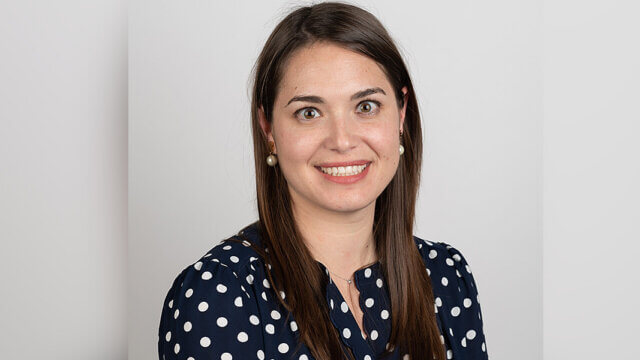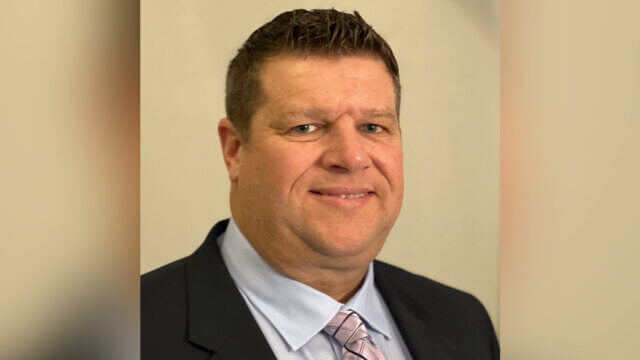By Todd Stevens
As the pandemic impacts the hospitality industry in unprecedented ways, swift reactions to these pressing matters are critical, and stakeholders have naturally gone into survival mode to protect their businesses, employees and investments.
That said, it is important to avoid tunnel vision (overly focusing on one threat), as this can result in losing awareness of other opportunities. We must force ourselves to take a macro view and multitask during times when threats are the highest, so we can see new opportunities that may speed our recovery, improve efficiencies, improve operations and support stronger growth.
As architects and designers who work extensively within the hospitality industry, we spend a good deal of time making plans to solve problems creatively. Drawing on this experience, we have outlined some strategies below that we hope will inspire hospitality stakeholders to enact in their planning efforts now to identify opportunities sooner and better prepare themselves for when recovery begins and beyond.
Reevaluate Employee Roles and Improve Operational Efficiencies
By this time, many owners and managers have naturally taken a closer look at their staff and operations. Taking the time to gain a better understanding of teammates’ full capabilities will help lay a foundation for further success through recovery and better position teams to adapt to unexpected events in the future. These efforts can also help owners and managers determine what to look for when hiring additional employees going forward.
Essentially, now is the time to ask:
- How well do you know your team members’ unique backgrounds and experiences?
- Do they have other skill sets beyond their job description that could be utilized in their roles?
- Can they be adaptable and fill other needs in challenging times?
Additionally, much of the workforce has been forced to adapt new ways to work remotely, which opens up new opportunities to find efficiencies with these capabilities. Study current operations procedures and find ways to integrate new processes to utilize these new technological tools that can be leveraged in the future, potentially saving time and costs down the line.
For example, Cuningham Group began implementing 100% laptop and cloud-based operations over the past two years, which has provided a seamless transition to working from home with very little disruption. Because we already had many of the tools and protocols in place for the remote work, we have had the ability to direct more of our attention and efforts to planning for recovery from this unprecedented time.
Explore New Marketing Possibilities and Rethink Current Branding
Hotel owners and managers can improve their chances of seamless recovery if they begin exploring marketing strategies now—both those directly addressing the changes in the post-pandemic climate and in general.
Here are some considerations:
- Promote on-site or virtual doctors who are available to quickly identify health risks. This will be immediately beneficial for hotels now as well as after recovery.
- Understand that local travel will likely rebound sooner than business and international travel. Stakeholders should utilize data and geofencing services to gather information on how habits are changing in their demographics. Results may dictate a need to adjust marketing strategies to reach the right customers and brokers.
- Research and identify strategic partnerships. For example, find up-and-coming chefs looking to expand out of their food trucks who may be able to utilize kitchen facilities, in turn, attracting new customers to a hotel’s F&B offerings.
- An additional partnership consideration is to target the road traveler. Look for opportunities to partner with local car washing services; regional and national gas stations; and roadside “hospitality” services. Initiate the brand experience as part of the road trip itself.
- Owners should honestly assess their hotels and brands at this time. This may mean addressing any long-standing issues or considering a pivot in strategy based on market changes—for example, where there may be shifting opportunities if other local hotels are closing.
- Staying on the pulse of real-time industry and local market updates during this time will help stakeholders determine if and when the first steps should be taken toward smart repositioning efforts.
Utilize Slower Times for Renovations and Planning
The sooner stakeholders can execute improvements to their hotels, the sooner they can come to market with a refreshed image. We understand that, given the hardships, to consider such an expense now may be out of reality for some. However, planning for improvements and renovation is not out of reality for many. With proper planning, execution becomes a timing issue vs. a preparedness problem.
With many hotels empty or at significantly lower occupancies, now is an ideal time to update the maintenance plan and perhaps initiate some of those maintenance initiatives. These should naturally be prioritized based on projected financing, occupancy growth and compartmentalization of returning guests to minimize disruption.
Some specific items to consider include:
- Looking for sustainability improvements that will help lower longer-term operational costs, thus improving profit margins when times are busiest
- Redesigning amenity areas to allow scalability and social distancing opportunities without losing the sense of intimacy and social connection
- Addressing any accessibility improvements that may be required to bring up to current code standards. Note, some jurisdictions may have requirements associated with closing and reopening properties. Be sure you know what they are.
Now is also a great time to plan larger-scale renovations and expansions as we prepare for recovery. We are already seeing forward-thinking hotel owners and developers reaching out to contractors to understand current impacts on construction labor and materials. Initiate conversations with potential development partners for larger additions, if needed. Work with architecture and design teams who focus on curation of guest experiences to create design documents, phasing plans and cost estimations.
Well-positioned hotel owners might also consider taking this time to make portfolio expansion plans by having capital partners on hand to take advantage of softening costs and new inventory of available properties. History indicates that after major events like the current pandemic, there will be a variety of value-add acquisitions and repositioning opportunities in real estate in addition to new players entering the market. Keep a keen eye out for new disruptors within your market sector. Forced adaptation breeds new innovation that often has a profound impact on the market.
Through our 25-plus years of experience in the entertainment design space, we anticipate that hospitality going forward will increasingly become an important aspect of community centers as humans continue to look for social engagement, entertainment and exploration for new experiences.
Forging Ahead and Thriving
As we all weather this storm, it is our hope there is some inspiration in the considerations presented to further your own thoughts on how you will thrive. Hotel owners and managers who are able to look at the big picture and begin taking actionable steps toward the future now will improve their chances of not only surviving this hurdle, but flourishing through the recovery and for decades to come.
Todd Stevens is director of hospitality and associate principal at global architectural design firm Cuningham Group.
This is a contributed piece to Hotel Business, authored by an industry professional. The thoughts expressed are the perspective of the bylined individual.




